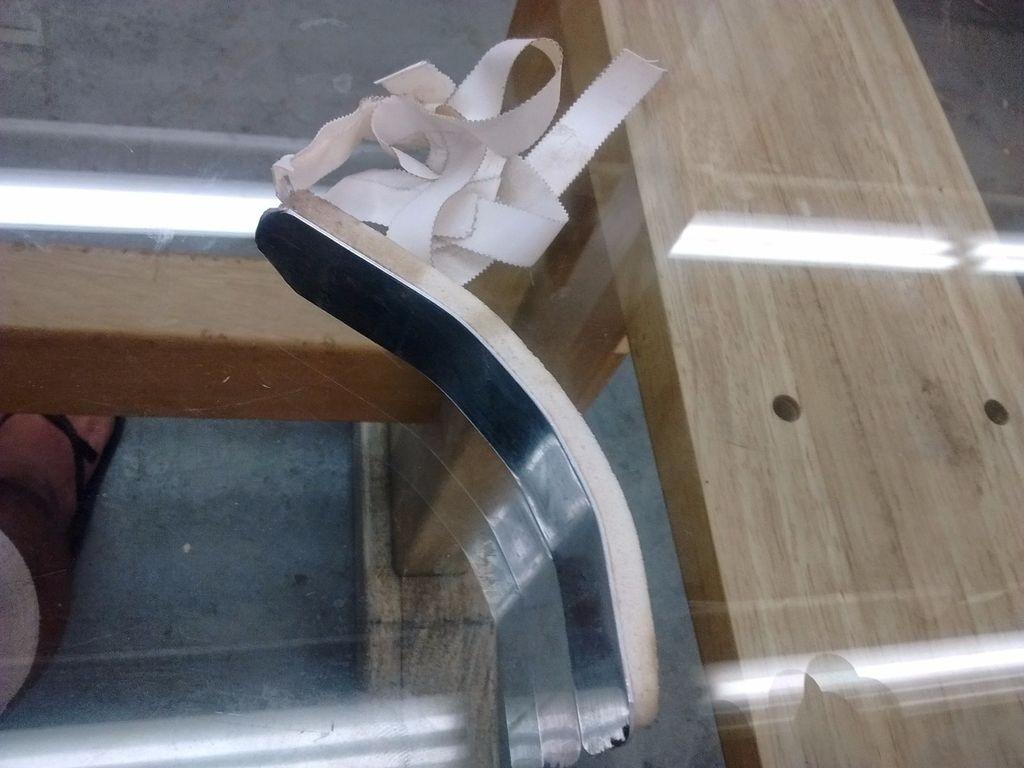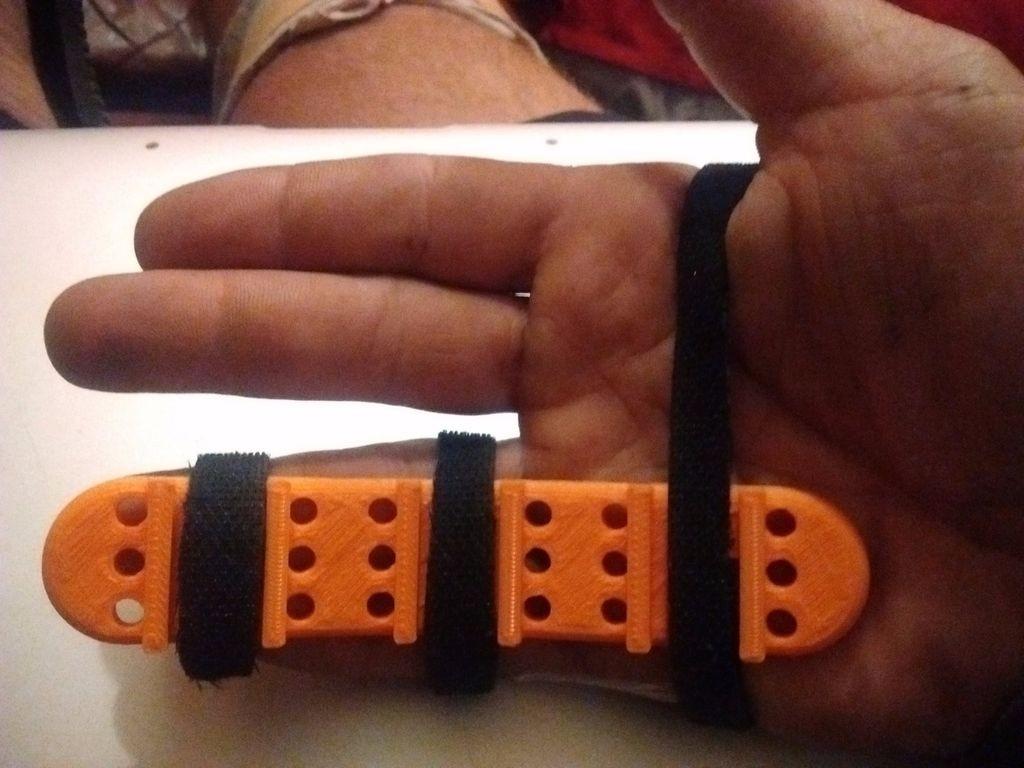
Iseman left the ER with his finger in a splint that he decided very quickly was inadequate for a number of reasons. From an aesthetic perspective, Iseman explained, it was ugly. More importantly, it was extremely uncomfortable, which hardly seemed conducive to proper healing. The foam portion of the splint clung to his skin and retained smells and the aluminum of the more rigid portion of the splint poked him.
Despite his injury–or, strictly speaking, because of it–Iseman set out to design a better finger splint, which he planned to 3D print based on his own conception of what a good splint would look and feel like. The thing would be in a color he actually liked, his favorite color: bright orange. It would have rounded edges with smooth angles at each end to prevent the splint from poking uncomfortably into the flesh of his hand whenever he moved it even slightly. Lastly, the improved splint would have holes in it for ventilation, allowing for airflow over his finger and hand.
Once he’d decided on the characteristics of his “dream splint,” Iseman sat down with Autodesk Inventor and began modeling, finishing the design job in Cura for printing prep.
“The biggest challenge,” he recalled, “was planning for printability: I wanted the curvature to match my current splint and I didn’t want to use support material.”
Considering the curvature problem inspired an epiphany of sorts. It occurred to Iseman that if he removed the splint from the hot plate immediately after 3D printing was completed, he would be
The project required very little in the way of materials: A measuring tape, some adhesive wrap, scissors, and, of course, a 3D printer. “I used a LulzBot Mini, running HIPS,” said Iseman, who shared his .ipt file on his Instructables page.
The relatively small, one-piece splint took less than 30 minutes to print and Iseman used some flexible medical tape to secure it in place, though he tried Velcro out first. While you may not be in a big hurry to take on this particular project, it certainly couldn’t hurt to have a custom fitted splint in your personal first aid kit–just in case!
Have you used your 3D printer to create any medical necessities? Let us know how it turned out for you in the 3D Printed Finger Splint forum thread over at 3DPB.com. Check out photos of the finished splint below.
